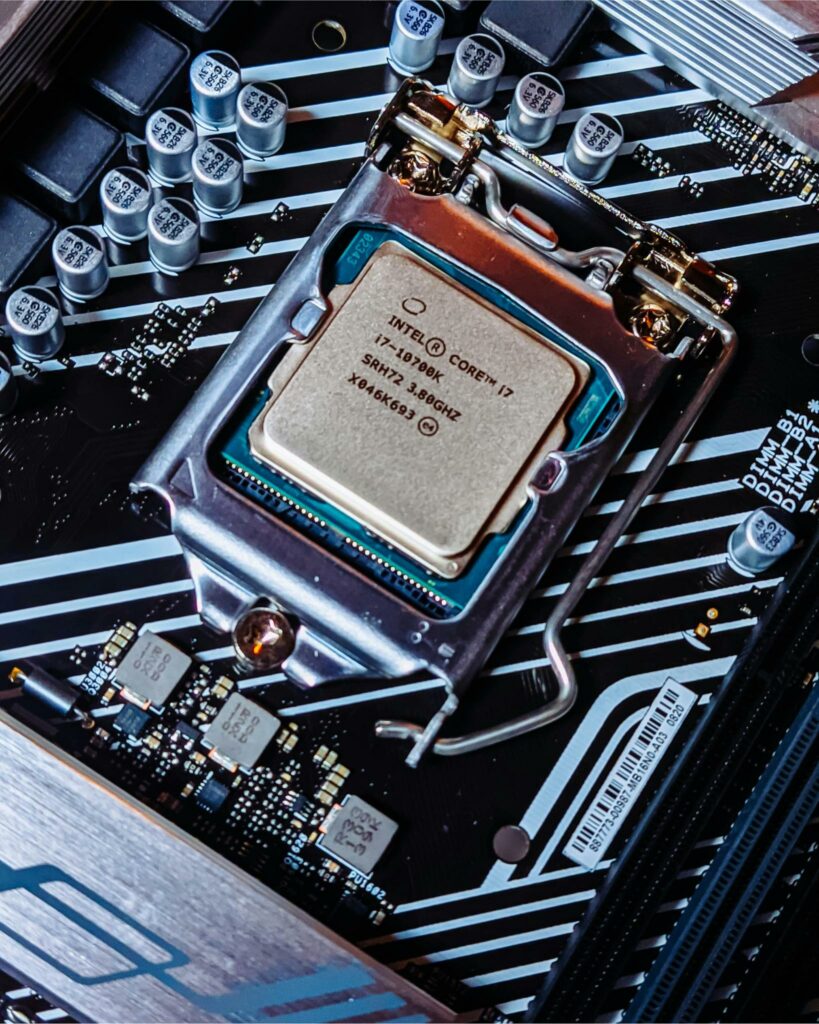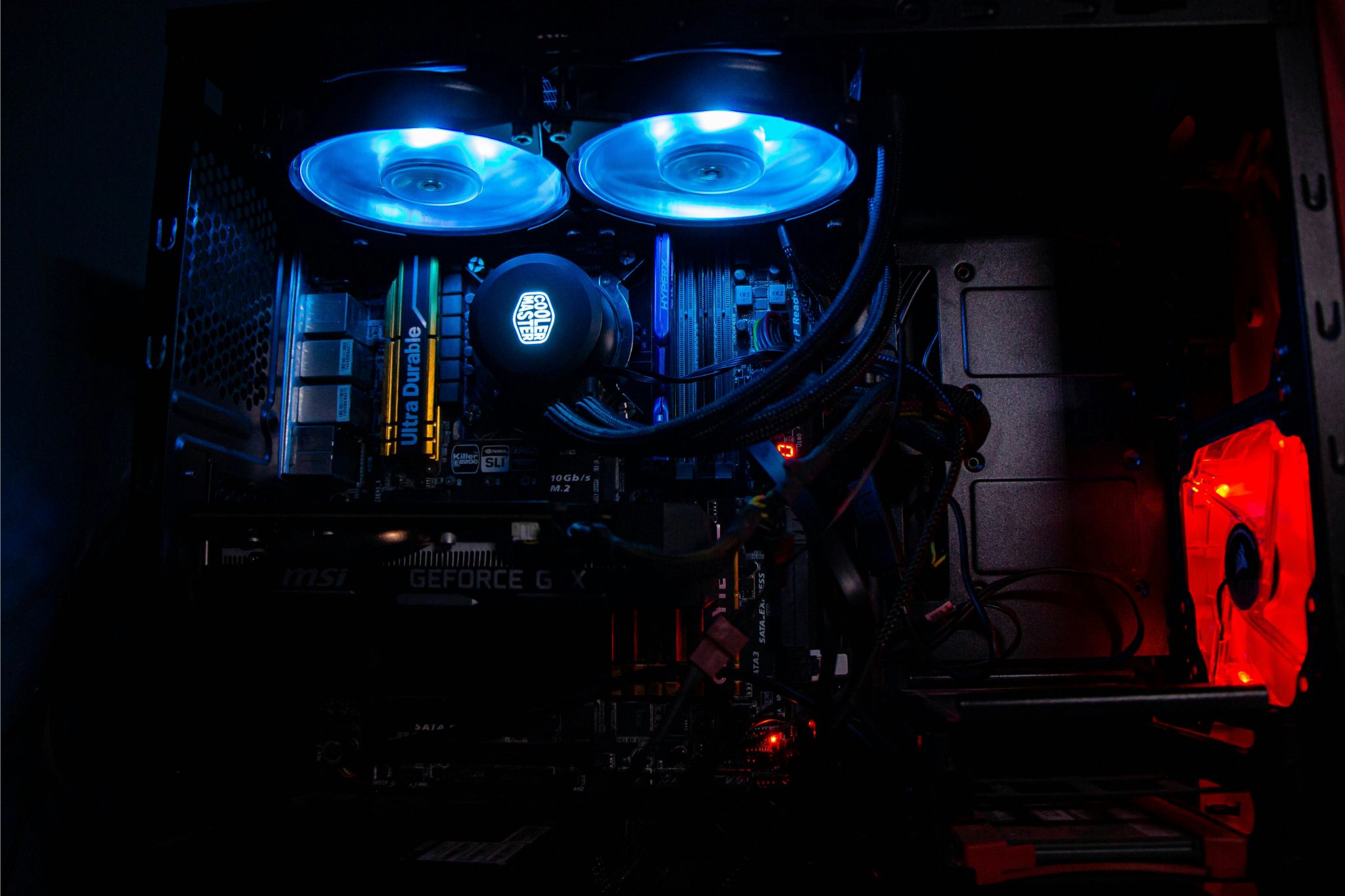In an otherwise unremarkable week, Nvidia temporarily became the single most valuable company in the world, dethroning the two traditional competitors for the spot, Apple and Microsoft. While this might seem remarkable to a casual onlooker, it’s important to remember that the market cap of $3.34 trillion that Nvidia achieved would have been unheard of even a decade ago. To put this into perspective, the first company to reach a total market valuation of one trillion was Apple, back in 2018. It reached $3 trillion as recently as June 2023. The reason for the rising interest in the chip-making company is the subject of every waking tech enthusiast’s and investor’s thoughts: AI technology. Having peaked in value, however, the company is already seeing its share prices tumbling. So should anyone interested in investing be afraid, or is this par for the course? And what do you need to keep an eye out for to know for sure?
To understand what Nvidia’s future will look like, it’s important to know what Nvidia does, and what sets it apart in its industry. Not too long ago, computer technology and computer-based technological advancement depended on CPUs—central processing units carry out a wide array of impressive tasks. To achieve greater heights in what was capable, technological companies scaled up CPUs more and more. Intel, for example, is one such company. At the time, Nvidia produced graphic processing units (GPUs) that were only a small component of CPUs. However, Nvidia CEO Jensen Huang realised early on that there was a limit to how much CPUs could be scaled up and made the decision to further specialise GPUs for when that would happen.

His intuition soon paid off—very soon, CPUs were an accessory to the all-powerful GPUs. GPUs had the capacity to cater to the most resource-intensive applications, like AI. In fact, Nvidia was so far ahead in the game when AI finally exploded into the scene that when it happened, the company managed to close to 80% of the market for computer chips. The company could actually be even bigger if the demand for its chips didn’t far exceed what it is capable of supplying. Perhaps Nvidia would have been even bigger had the Federal Trade Commission not prevented it from acquiring Arm Holdings, a large British semiconductor company much like Nvidia. For those interested in Nvidia’s future, however, Nvidia is set to garner yet more government attention for the market dominance that the company has built around itself.
Nvidia has always built a very tight ecosystem around the chips it supplies to the market; an ecosystem that its clientele—some of the biggest tech giants in the industry—would be hard-pressed to extract themselves from. In addition to selling their chips, Nvidia also makes a software that is used in AI application development that especially caters to their own chips: it’s believed that this software is bundled in with their chips. Last year, it also very deliberately invested in over 30 startups that utilise their technology, ensuring a continued partnership in business. All this means that Nvidia holds the future of computer technology very firmly in its embrace. This relationship is so strong, in fact, that it’s currently even attracting the attention of the Department of Justice as it works on a possible antitrust against the company.

But what else does the interested investor need to consider before linking up their fortunes with the company?
The most obvious answer is of course how much of a commercial success AI turns out to be, if it turns out to be successful at all. Nvidia’s current uptick in interest is primarily due to the key role that it plays in AI; itself a hot topic of discussion and debate. The international and national policy discussions on the possible ramifications of the integration of AI technology into daily life notwithstanding, there is now much discussion among young professionals about how productive AI productivity tools really are, for example. Ultimately, the success of AI beyond the technological achievement it represents depends on how well its end-user applications perform on the market. The moment it’s cast aside for the next big thing can be a turning point in the longevity of Nvidia’s success. It’s important to remember that Nvidia’s stock value dropped 50% or more 14 different times in its company history after its competitors finally caught up to the technology behind their graphic chips.
One indicator at least is positive—it appears as if Nvidia is fully confident in its ability to forge ahead into the future. Despite the steady descent in value since it hit peak market capitalisation—which declined by 13% just days after this point—the company has already announced its latest innovation: the next-gen Blackwell platform to be launched later this year, followed closely by its Rubin architecture sometime in 2026. This means that while Nvidia’s best performance yet is already in the rearview mirror, there are already strong indications that the company has even more to offer.
(Theruni Liyanage)
